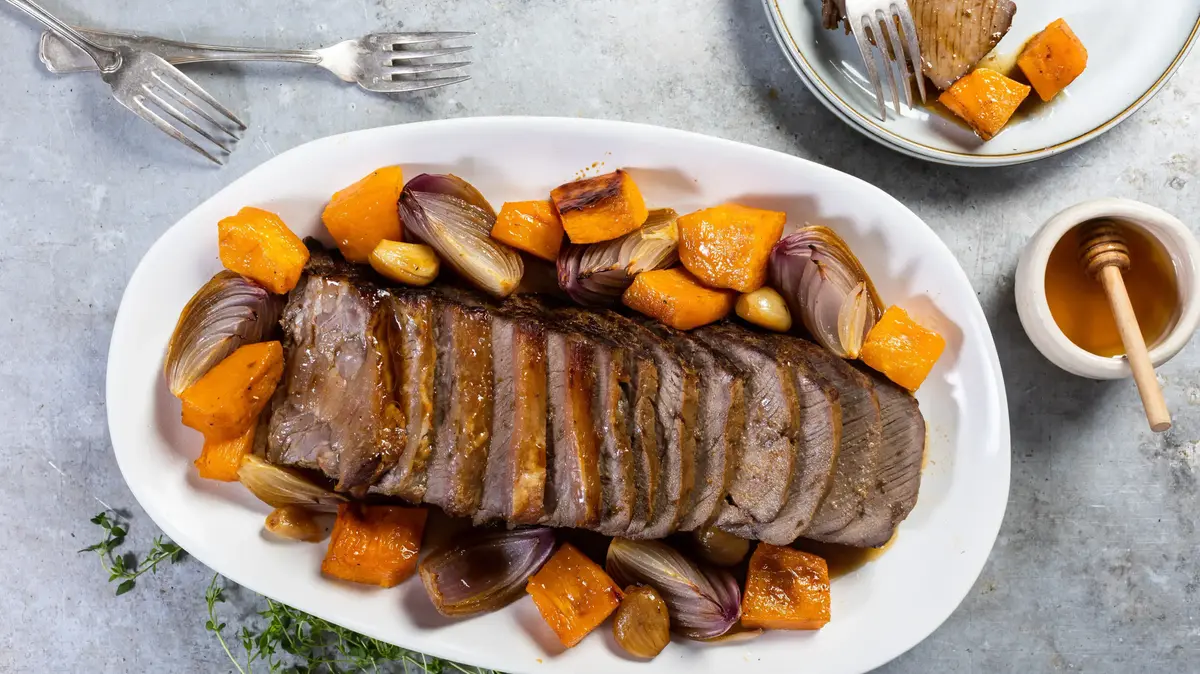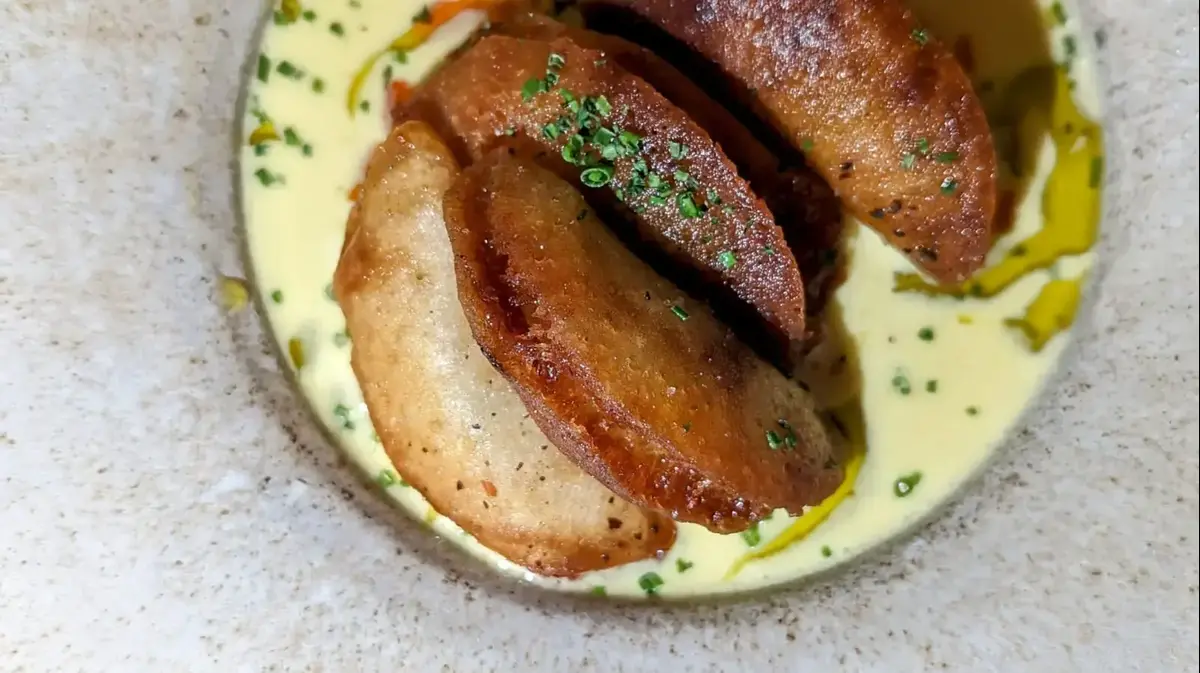Question Questions: Which piece of meat is right for which dish in our kitchen?
More than once we get to the rhythm, start to get confused and come out with a portion that does not fit the dish we want to prepare.
So which chunks are good for serving redder, what is perfect for long cooking and what would we like to slice thinly?
Here are all the answers
Walla!
Food in conjunction with Pavilion Wines
10/11/2021
Wednesday, 10 November 2021, 16:01 Updated: 16:22
Share on Facebook
Share on WhatsApp
Share on Twitter
Share on Email
Share on general
Comments
Comments
When we come to buy meat, in the face of all the abundance it is easy to get confused between the different types of cuts.
Even the famous painting does not always help us to differentiate between the two.
Since accuracy in this matter is very important for anyone who wants to indulge in a fine home-cooked meat dish, we have put together an order for you on the question - which portion is suitable for which culinary purpose?
For starters, the recommendation is always to use fresh meat, whose taste and quality accordingly.
You will find such meat in the Beitan wine branches and in the Bitan Market, using the butchers in the branch, who will give you the best recommendations and the best meats.
When preparing meat dishes, it is important to understand that the more the muscle in a cow or veal works during the day, the longer it will need to cook in order to be tender when it reaches the plate.
Muscles that are under constant tension, such as the tail, head, neck and muscles between the ribs (asado), need two or even three hours of cooking to soften enough, while chunks like sirloin, entrecote and shaitel are pleasant to eat even after a short cooking if they have undergone an aging process.
Here is all the information you need on the subject, so that the next meat you prepare will come out perfect.
To buy fresh meat at an online booth >>
What is suitable for each dish? (Photo: Nimrod Saunders)
Pieces to serve in low-volume dishes
For making steaks or roast beef, we want chunks that do less work, ones that will be relatively soft in short cooking.
The softest slice is beef fillet (number 12), which is a cow's back muscle that hardly performs work, so it can be enjoyed even without cooking, when fresh (as in tartare or carpaccio dishes), and in low-end sizes like rye and medium rye.
In addition, in the cut of cuts that are suitable for steaks are the famous entrecote (number 1) and sirloin (number 11).
Two other chunks that have been great for steaks and gaining popularity in recent years are the sheitel (number 13), which comes from the buttocks of the cow and picnic, or spitz chach (part of chunk number 15), which with proper care can be as rich and successful as a sirloin.
Pieces for long cooking
It is important to note that in any recipe with chunks for long cooking, for the preparation of various casserole dishes or roasts, it is always possible to use one slice in another place and it is only important to follow the cooking instructions in the recipe.
In the world of long cooking chunks there are more fatty and less fatty chunks and the more chunky the chunk the more juicy and rich it will be, but in the end it is a personal preference for each and every one.
What do you buy from the butcher shop (Photo: Alon Mesika)
Very fatty chunks: asado (number 9), breast (number 3).
Pieces with medium-high fat level: neck (number 10) ribs (number 2), shoulder roast (number 5), simulated fillet (number 6), arm muscle (number 8, sold sliced with the bone under the name Osoboku).
Thin chunks (break down into strands, but less juicy and not recommended for making khomin): Central shoulder (number 4) chach (number 15, in this chunk the fat is concentrated in one layer over the chunk and the butcher can remove it for you) and all the chunks mentioned in the next paragraph.
Thinly sliced chunks for short cooking
For making stir-fries or beef schnitzel (in which the meat is finely chopped and cooked to the end), you do not have to use expensive chunks like entrecote or sirloin and you can look for thin chunks, which are also suitable for long cooking, such as goose (number 14), spoon (number 16) or Weisbraten (number 19).
Bon apetite!
To buy fresh meat at an online booth >>
Food
The freshest there is
Tags
Bitan Wines













